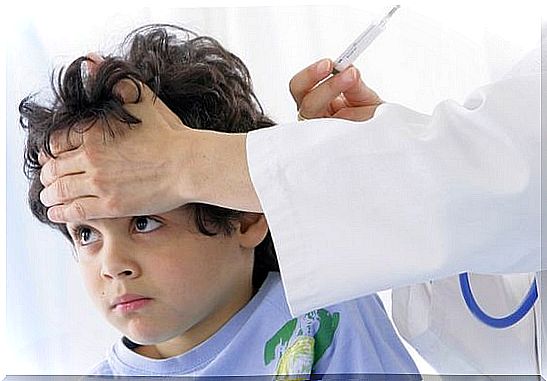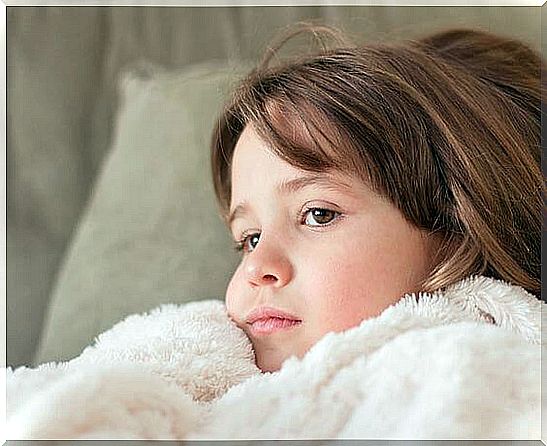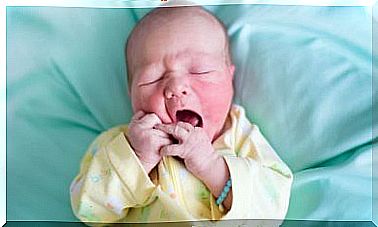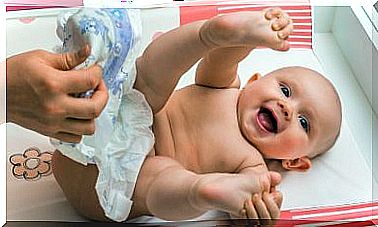Anginas And Pharyngitis In Childhood

Certain diseases are common in childhood, for example it is the case of angina and pharyngitis. These types of respiratory-type conditions are caused by inflammation of the mucous membranes of the tonsils and pharynx, respectively.
When these areas become inflamed it can cause annoying symptoms, in certain cases they can become recurrent and severe. The cause is due to different factors, where the incidence of various microorganisms stands out.
Angina and pharyngitis can cause fever, pain, and inflammation. In some cases the infection of the tonsils gives rise to the appearance of tonsillitis, common in children. If it becomes a frequent problem, it can lead to surgical removal of the tonsils.
Angina and pharyngitis symptoms

Pharyngitis usually occurs in 90% of cases due to the presence of viruses, since it is part of the common cold. The remaining 10% is due to the action of bacteria in the pharynx. The same thing usually happens with angina, whose main trigger is the Group A streptococcus bacteria.
To determine if it is a virus or a bacterium, it is necessary to carry out pharyngeal cultures. Once the microorganism that causes these conditions is present, the child begins to suffer the following symptoms.
- Throat pain. In babies it prevents you from feeding properly and makes them cry frequently. When they are older they could tell us that it hurts. If we can look at her throat with a little light, we can see that it is red and shiny.
- When it comes to strep throat, fever, swollen lymph nodes, and headache may occur.
- In the case of viral pharyngitis, the presence of nasal and postnasal discharge and watery mucus is common.
- In severe cases there may be difficulty swallowing and sometimes also breathing
- More complex conditions include the development of acute rheumatic fever, toxic shock syndrome, bacteremia, and kidney failure. These complications mainly result from the incidence of strep throat.
- Serious cases can occur where a retropharyngeal abscess or a peritonsillar abscess develops. This is particularly the case for severe mononucleosis pharyngitis.
How to act in cases of angina and pharyngitis?

It is common for angina and pharyngitis to appear with a higher incidence in cold weather. Especially in winter, diseases of the respiratory system proliferate. Also, this type of condition in particular tends to be quite contagious.
When any of these infections are suspected, the doctor examines the pharynx, lymph nodes, skin, and eyes. To rule out streptococcal pharyngitis, a throat swab is usual. Other additional cultures are sometimes necessary, blood tests may also be required in case of suspected gonorrhea or mononucleosis.
The treatment to act before the development of sore throat and pharyngitis is the following.
- If it is viral pharyngitis, the appropriate treatment is paracetamol, ibuprofen is also indicated. These medications allow relief of symptoms such as pain, fever, and general malaise.
- To help reduce inflammation naturally, gargle warm salt water about six times a day. The preparation is done with a tablespoon of salt for each glass of water.
- It is advisable for the child to consume soft food, since it may present irritation and difficulty swallowing
- If it is a case caused by bacteria, the indication will always be antibiotics. When 48 hours have passed after the infection started, the risk of contagion is eliminated
- Some situations require medical intervention, for example when the sore throat has not subsided after several days. Also if the fever is very high and persistent, or if there is swelling in the lymph nodes in the neck
- The passivity and decay of children are alarm signals ; also if there is dryness in the skin and mouth. Then we must suspend the treatment and go to the pediatrician urgently.









